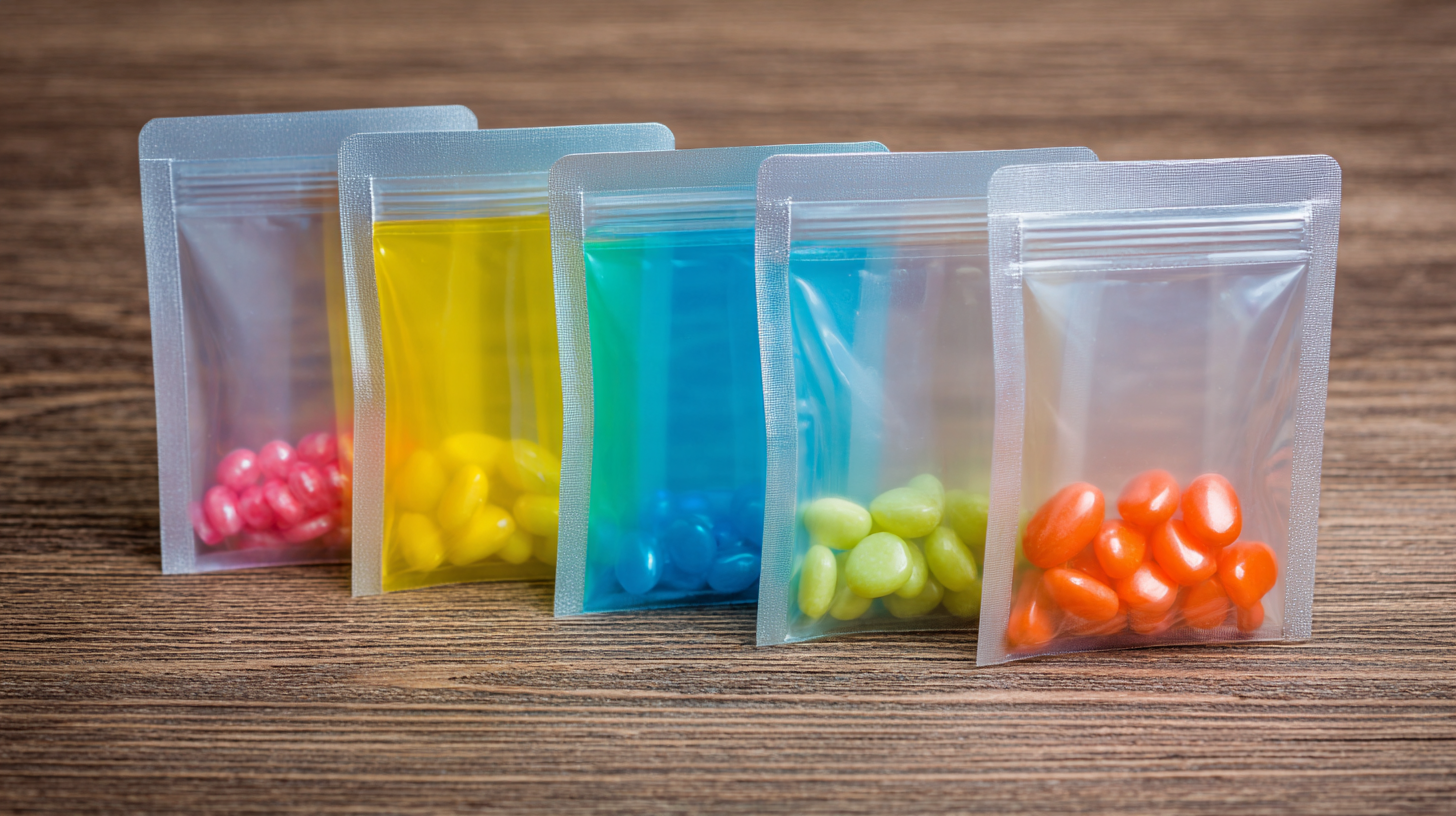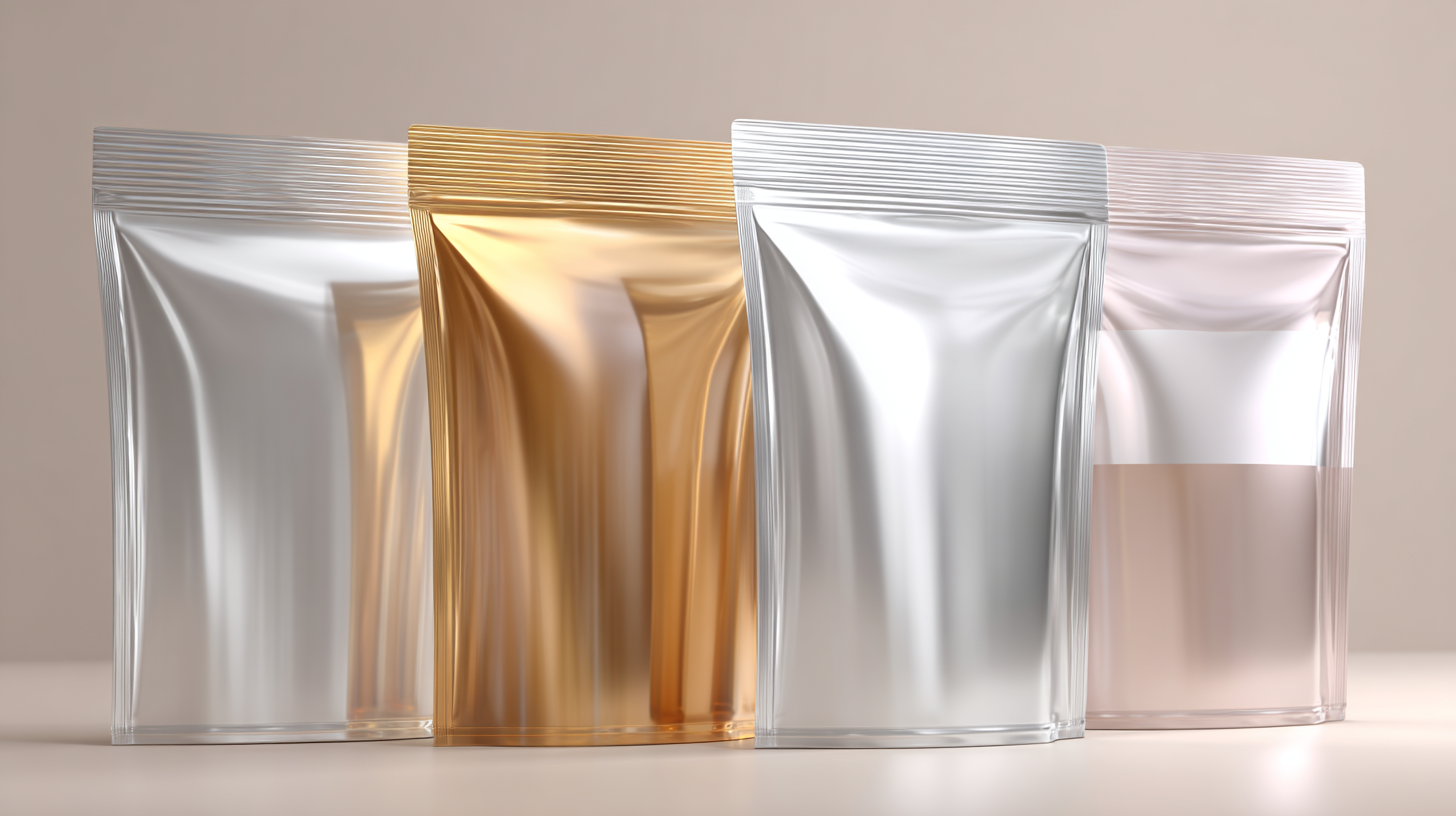- Phone:+86 15218629499
- Phone: +86 15766990063
- E-mail: Yzprinting01@163.com
In today's fast-paced consumer market, the importance of selecting the appropriate Flexible Packaging Plastic for your product needs cannot be overstated. With the flexible packaging industry projected to reach a staggering $400 billion by 2026, driven by rising demand for convenience and sustainability, businesses must navigate the myriad of options available to ensure they meet both consumer expectations and regulatory standards. According to a report by Smithers Pira, flexible packaging not only offers benefits such as reduced material waste and lower shipping costs but also enhances product shelf life and portability. As brands increasingly prioritize eco-friendly solutions, understanding the various types of Flexible Packaging Plastic becomes crucial for manufacturers aiming to maintain a competitive edge in the market. This guide will explore key factors to consider when choosing the best flexible packaging solutions tailored to your specific requirements.

When it comes to choosing the best flexible packaging plastics for your product needs, understanding the various types available is crucial. Flexible packaging plastics can be categorized into several types, including polyethylene (PE), polypropylene (PP), and polyvinyl chloride (PVC), each offering unique properties suitable for different applications. PE is often preferred for its moisture resistance and durability, making it ideal for food products, while PP provides excellent clarity and is commonly used for snack packaging. In contrast, PVC, while versatile, faces scrutiny due to environmental concerns and potential health risks.
In addition to selecting the right type of flexible packaging, sustainability considerations have become increasingly important. As concerns about plastic waste and recycling grow, understanding the implications of extended producer responsibility (EPR) programs and associated fees could impact your choice of packaging. For instance, packaging with recyclable properties may be more favorable amid tighter regulations and consumer expectations for sustainability. Furthermore, staying informed about advancements in recycling technologies, such as de-inking processes and new methods for managing plastic waste, can guide you in selecting environmentally responsible packaging options that meet regulatory requirements while reducing ecological impact.
When selecting the best flexible packaging plastic for your product, it is crucial to consider various key factors that align with your product's needs. The flexible packaging market is set to experience significant growth, projected to reach $380.69 billion by 2031, up from $270.1 billion in 2024, reflecting a compound annual growth rate (CAGR) of 5.02%. This growth is largely driven by the demand for materials such as polyethylene (PE) and polypropylene (PP). Using PE, for instance, can offer excellent moisture resistance, making it ideal for food packaging, while PP is favored for its strength and clarity in applications like retail bags and labels.

Another aspect to explore is the different manufacturing processes involved in creating flexible packaging. Techniques such as blown film extrusion and casting are prevalent in the production of flexible films and bags. The global market for flexible plastic packaging is expected to grow significantly, with an anticipated market size increase from $270.1 billion in 2024 to $380.69 billion by 2031. Additionally, the pouch packaging segment is forecasted to rise from $9.21 billion in 2024 to $14.19 billion by 2032, demonstrating an impressive CAGR of 5.54%. Understanding these dynamics will aid in making a well-informed choice that satisfies both durability and sustainability requirements.
Flexible packaging has become increasingly popular due to its versatility and efficiency. However, as sustainability concerns rise, evaluating the environmental impact of different flexible packaging materials is crucial for making informed choices. Among the various options available, plastics such as polyethylene (PE) and polyethylene terephthalate (PET) are commonly used. These materials are lightweight, reduce shipping costs, and help preserve product freshness but raise questions about recyclability and long-term environmental effects.
It's essential to explore biodegradable alternatives that can less impact the environment. While traditional plastics contribute to landfill waste, bio-based and compostable materials offer a more sustainable solution by breaking down naturally. Companies are recognizing the importance of integrating sustainable practices into their branding, appealing to eco-conscious consumers. As the flexible packaging market continues to grow, focusing on environmentally friendly options not only positions brands as responsible choices but can also capture the attention of a market segment that prioritizes ecological integrity in their purchasing decisions. Companies looking to adopt flexible packaging must weigh the benefits of each material against its environmental implications to ensure that their products meet today's sustainability standards.
When selecting flexible packaging materials for your products, cost-effectiveness plays a pivotal role in the decision-making process. Among the various options available, materials such as polyethylene (PE), polypropylene (PP), and laminates stand out for their unique advantages and pricing structures. Polyethylene, for instance, is favored for its affordability and versatility, making it ideal for products ranging from food to personal care. Its lower production costs often translate into savings for manufacturers, particularly when high-volume packaging is required.
On the other hand, while polypropylene may come at a slightly higher price point, it offers enhanced clarity and barrier properties, making it a worthwhile investment for brands aiming to elevate their packaging aesthetics and product protection. Laminated options, though pricier, can deliver superior durability and moisture resistance, which is crucial for products sensitive to environmental factors. Therefore, evaluating the specific needs of your product against the strengths and costs of each flexible packaging material is essential to achieve an optimal balance between budget and quality.
In recent years, innovative trends in flexible packaging have become increasingly prominent, driven by the growing demand for sustainable and eco-friendly solutions. The flexible packaging market, projected to reach significant growth by 2032, is witnessing a shift towards materials that not only cater to aesthetic and functional needs but also prioritize environmental impact. As consumers become more environmentally conscious, brands are looking for ways to enhance their sustainability profiles, and flexible packaging solutions are at the forefront of this movement.
From biodegradable materials to the integration of recyclable components, manufacturers are exploring a variety of substances that meet diverse product requirements. As the food and beverage, pharmaceutical, and cosmetics industries expand, there is a rising preference for flexible packaging options such as self-standing pouches and roll stock, which not only provide convenience but also contribute to reducing carbon footprints. This evolution not only meets consumer expectations but also aligns with regulatory trends favoring sustainable practices in packaging. As brand loyalty increasingly hinges on environmental responsibility, the role of flexible packaging in shaping perceptions and driving sales is paramount.

